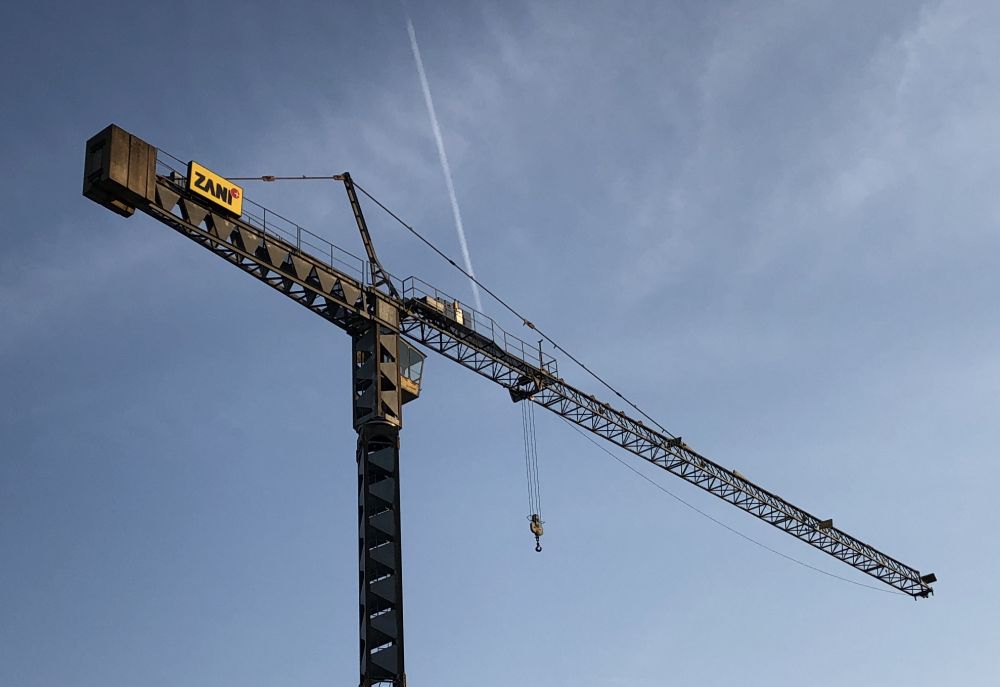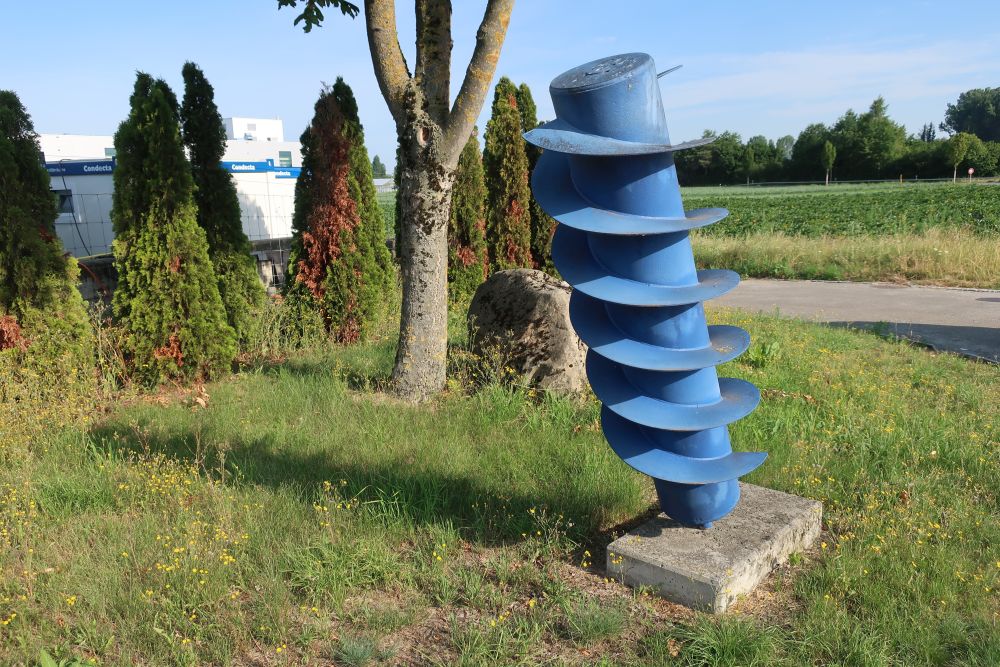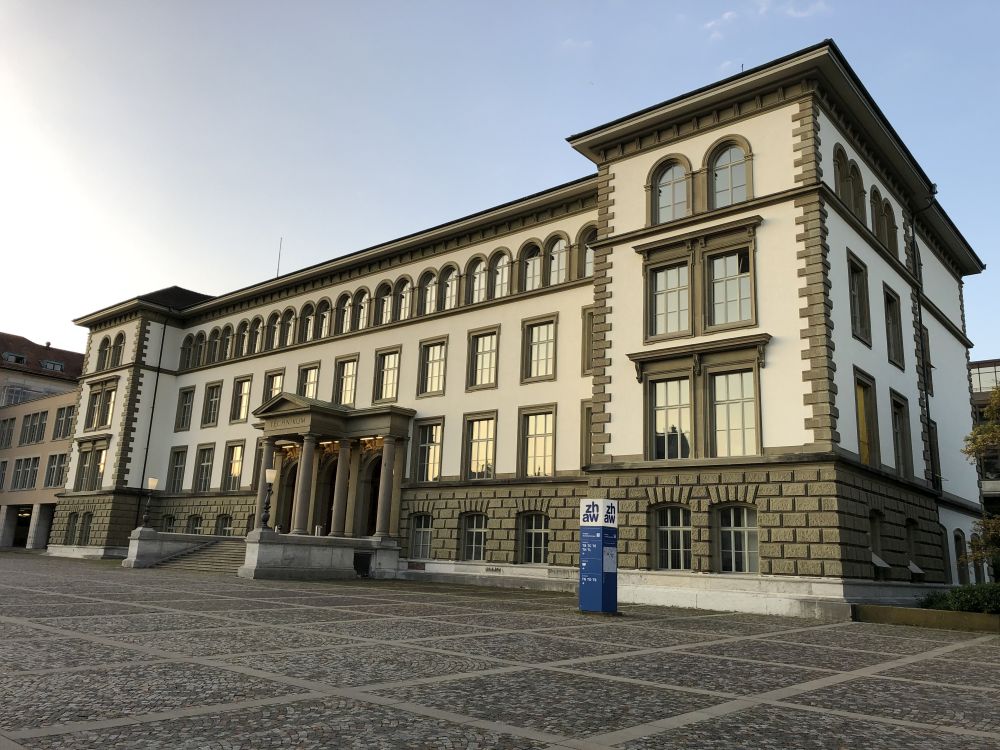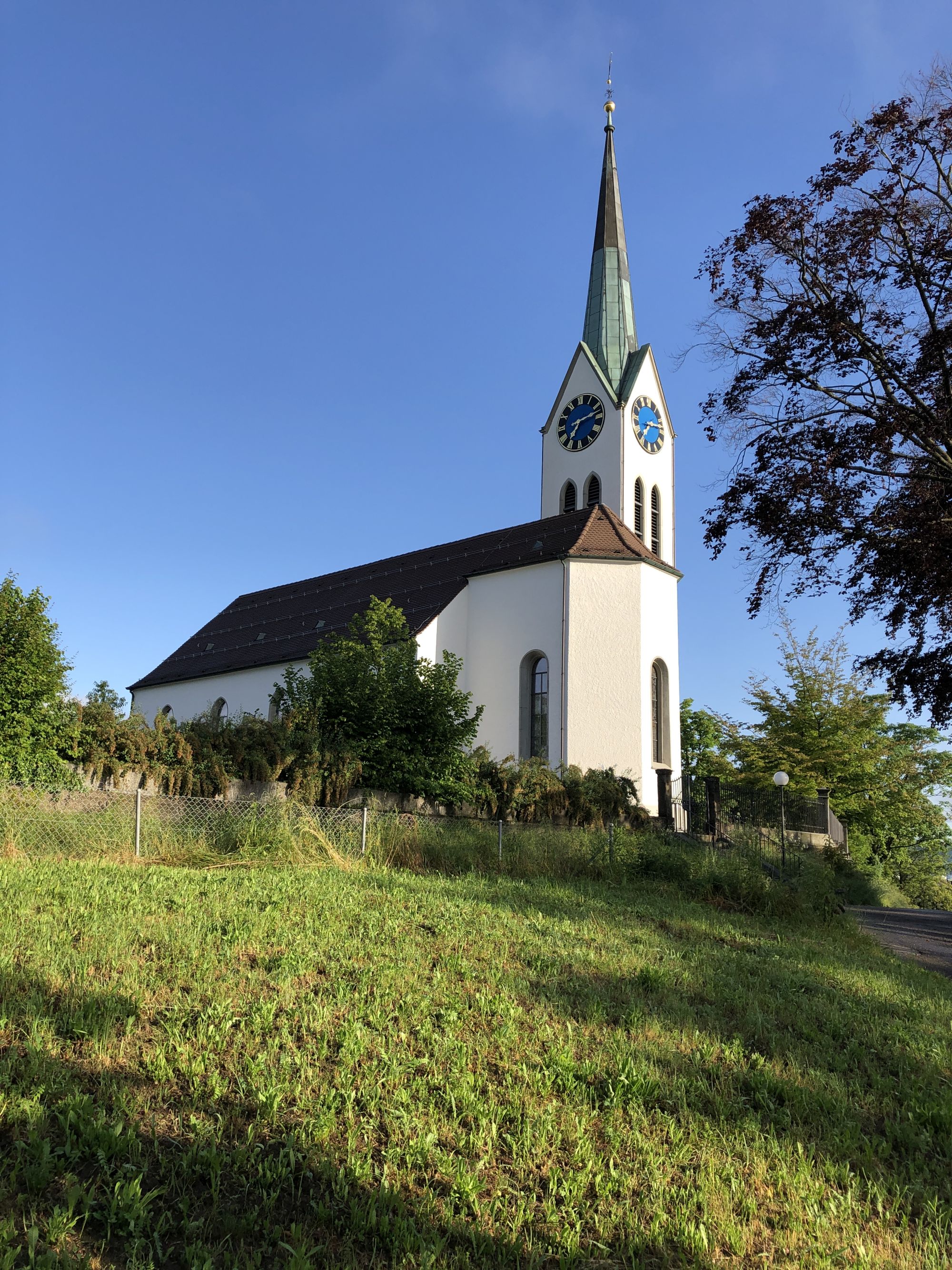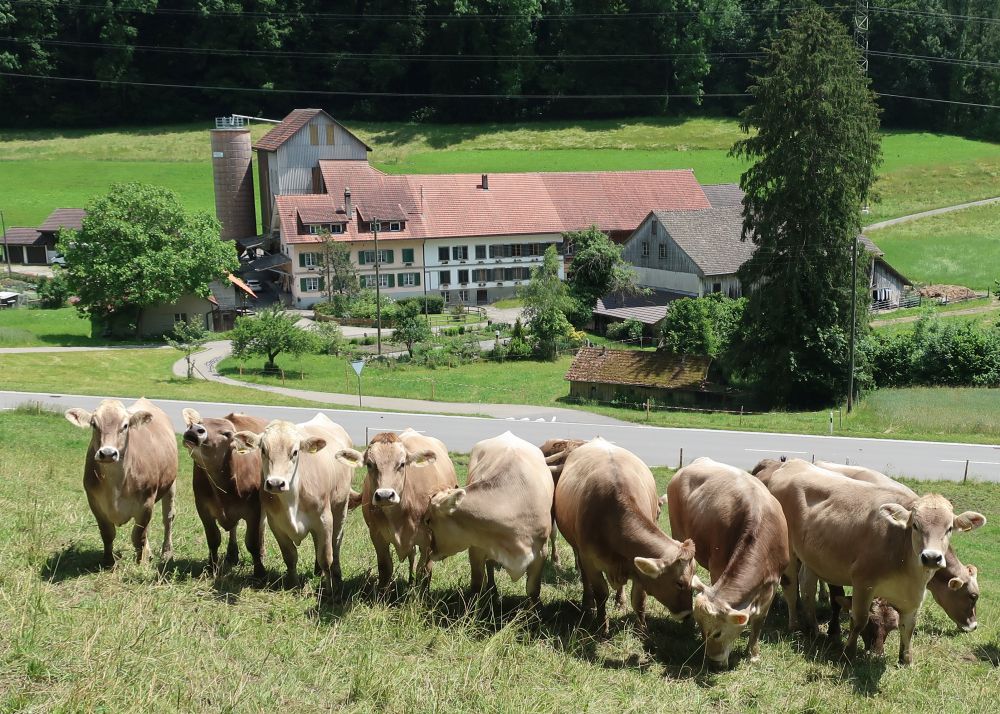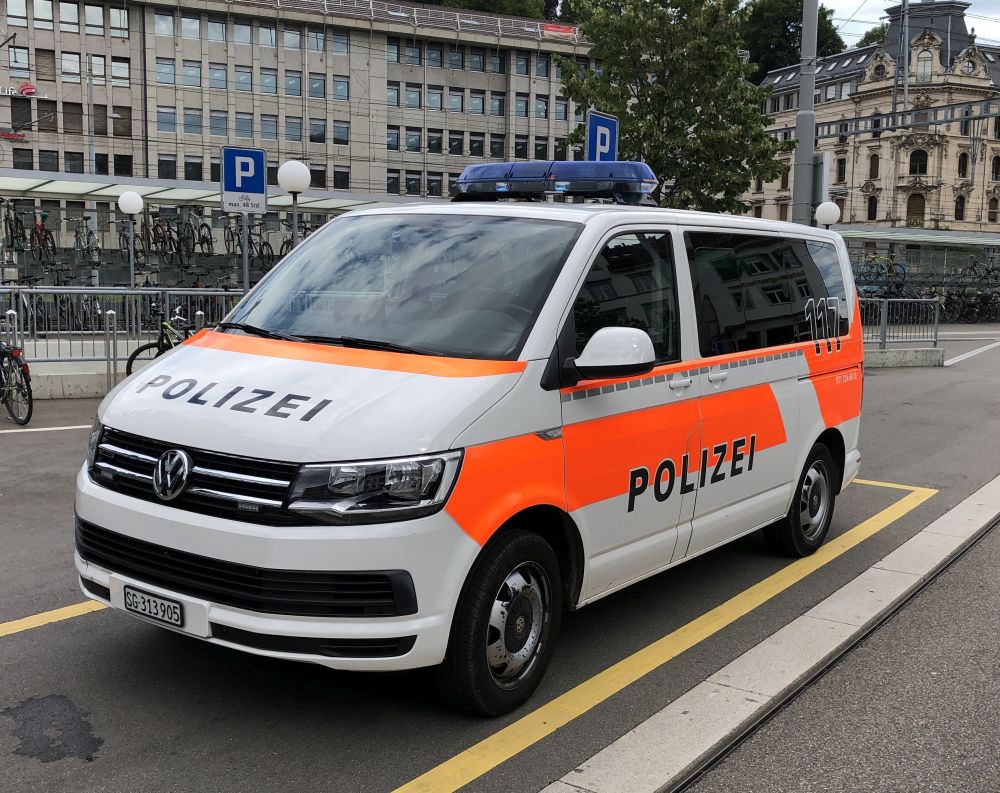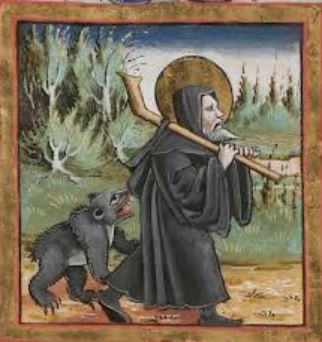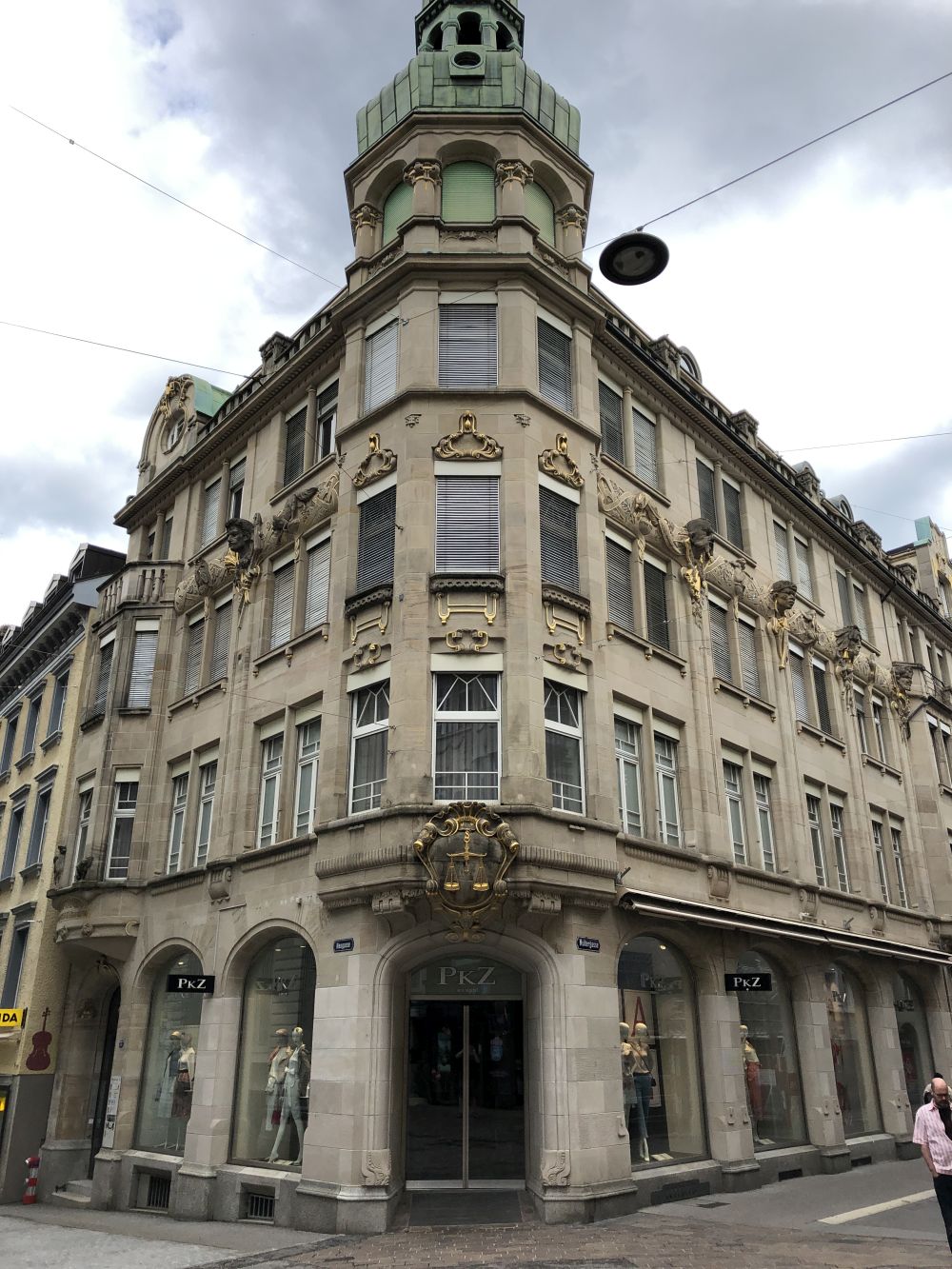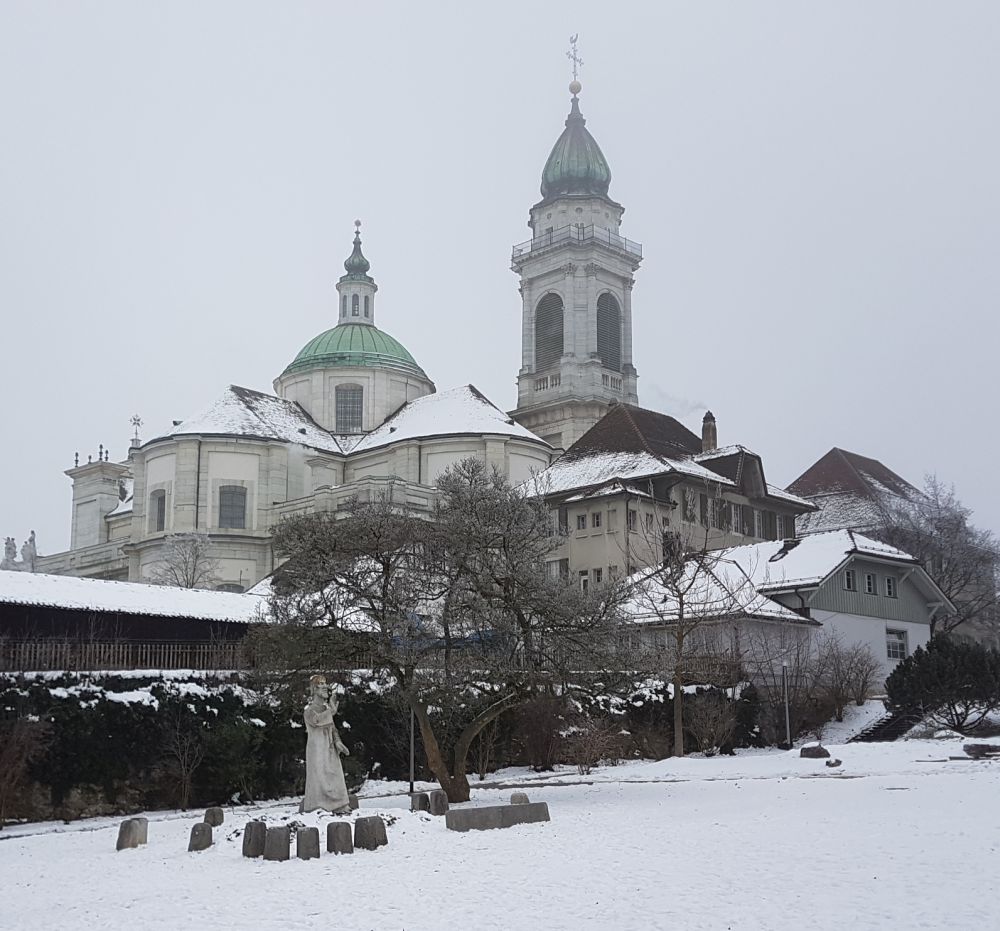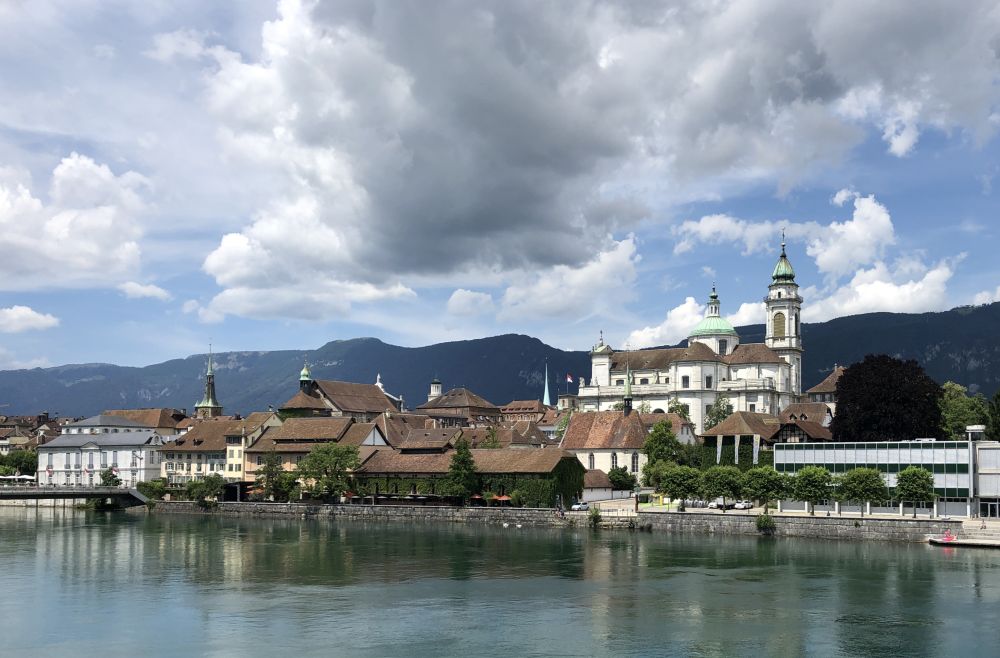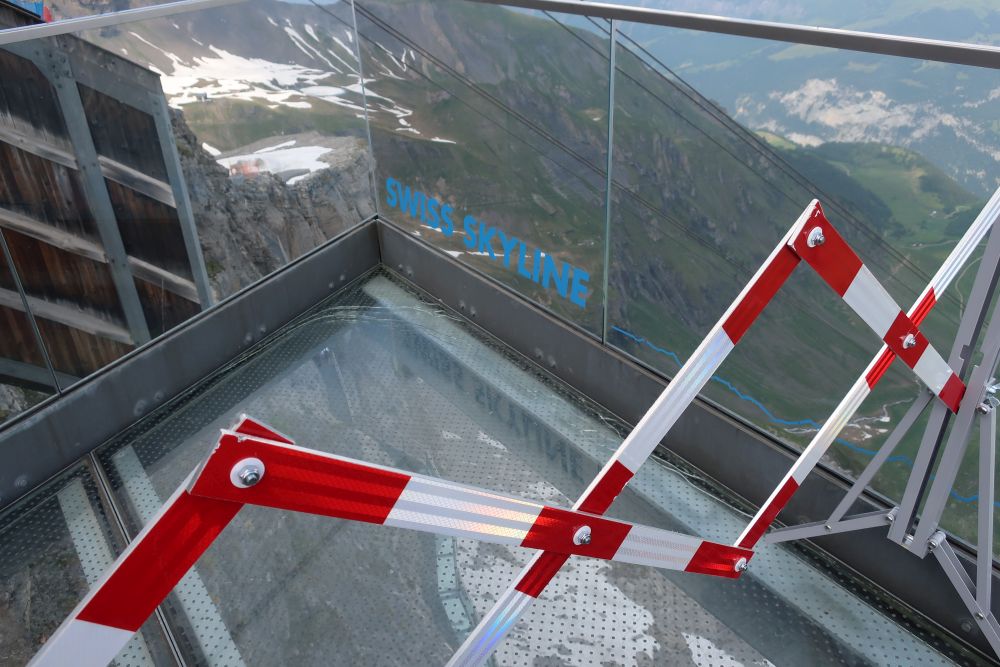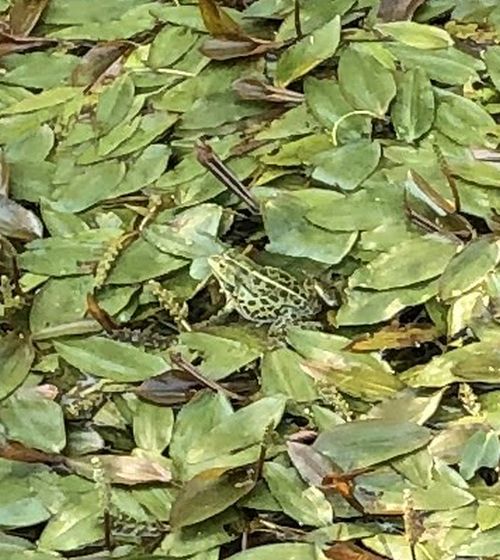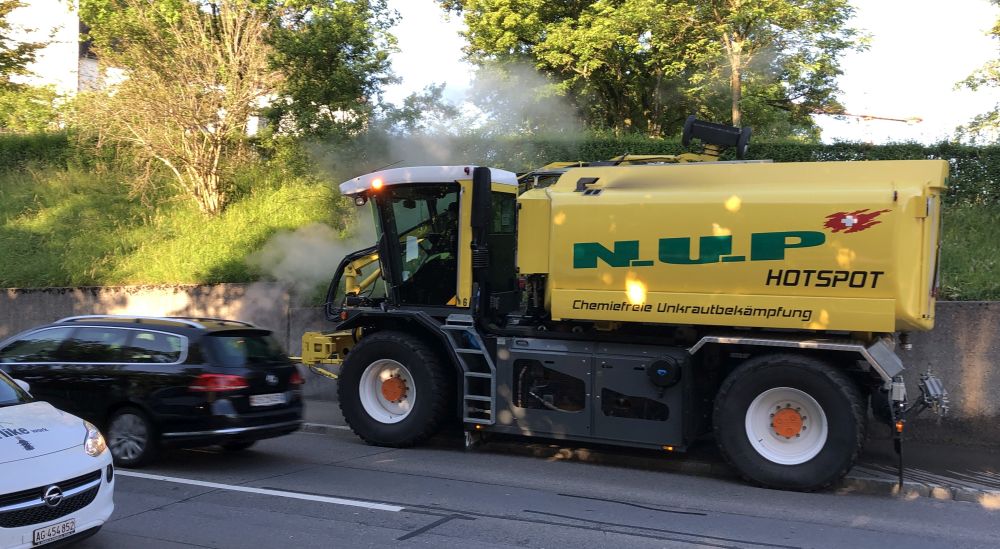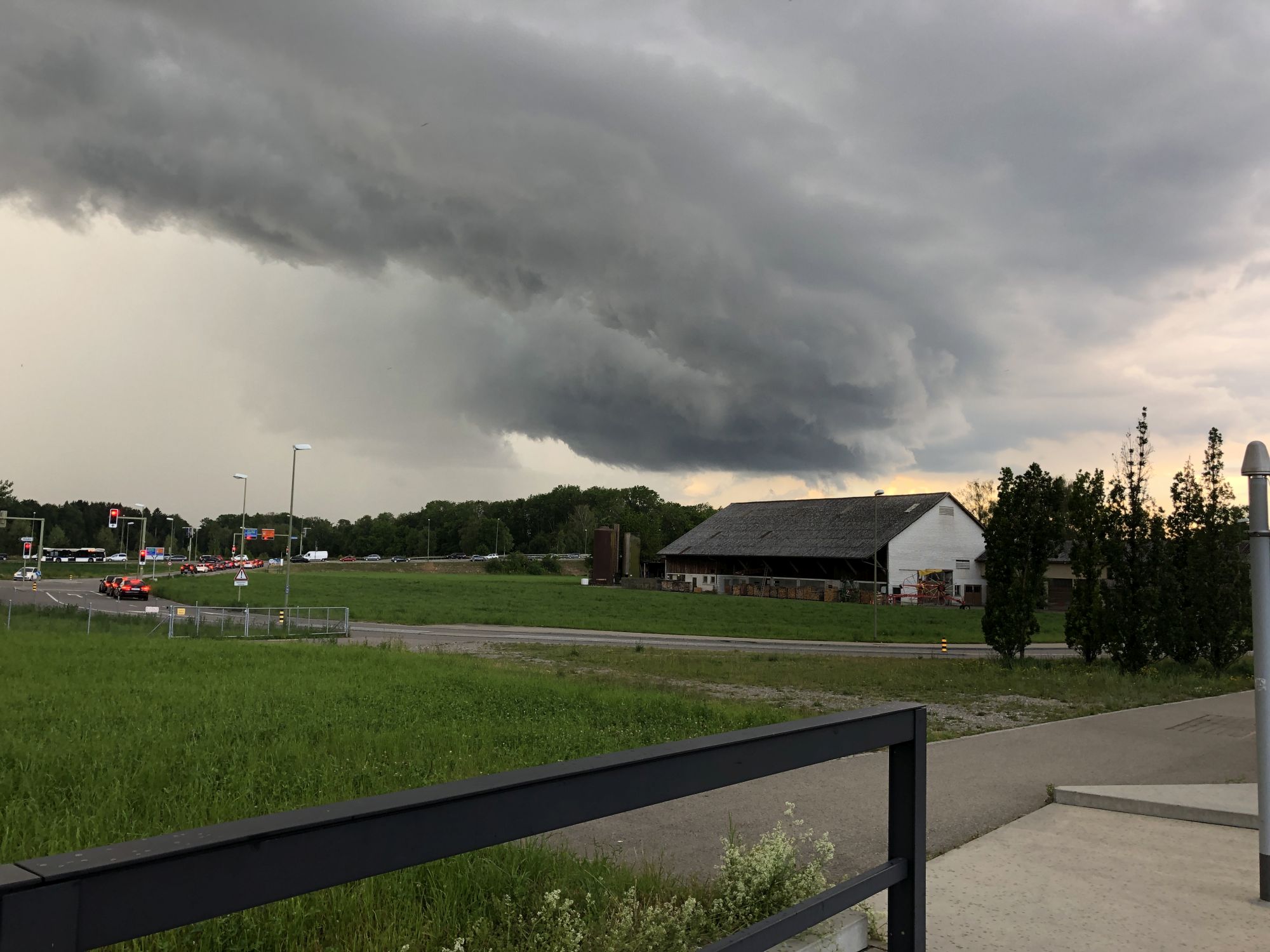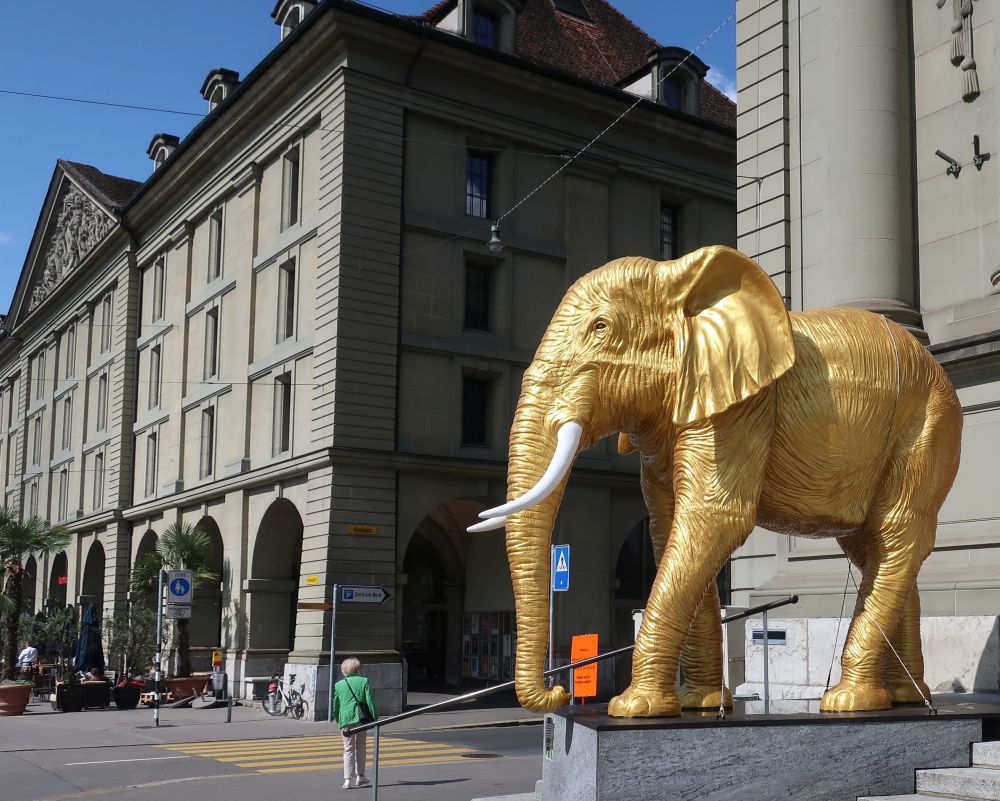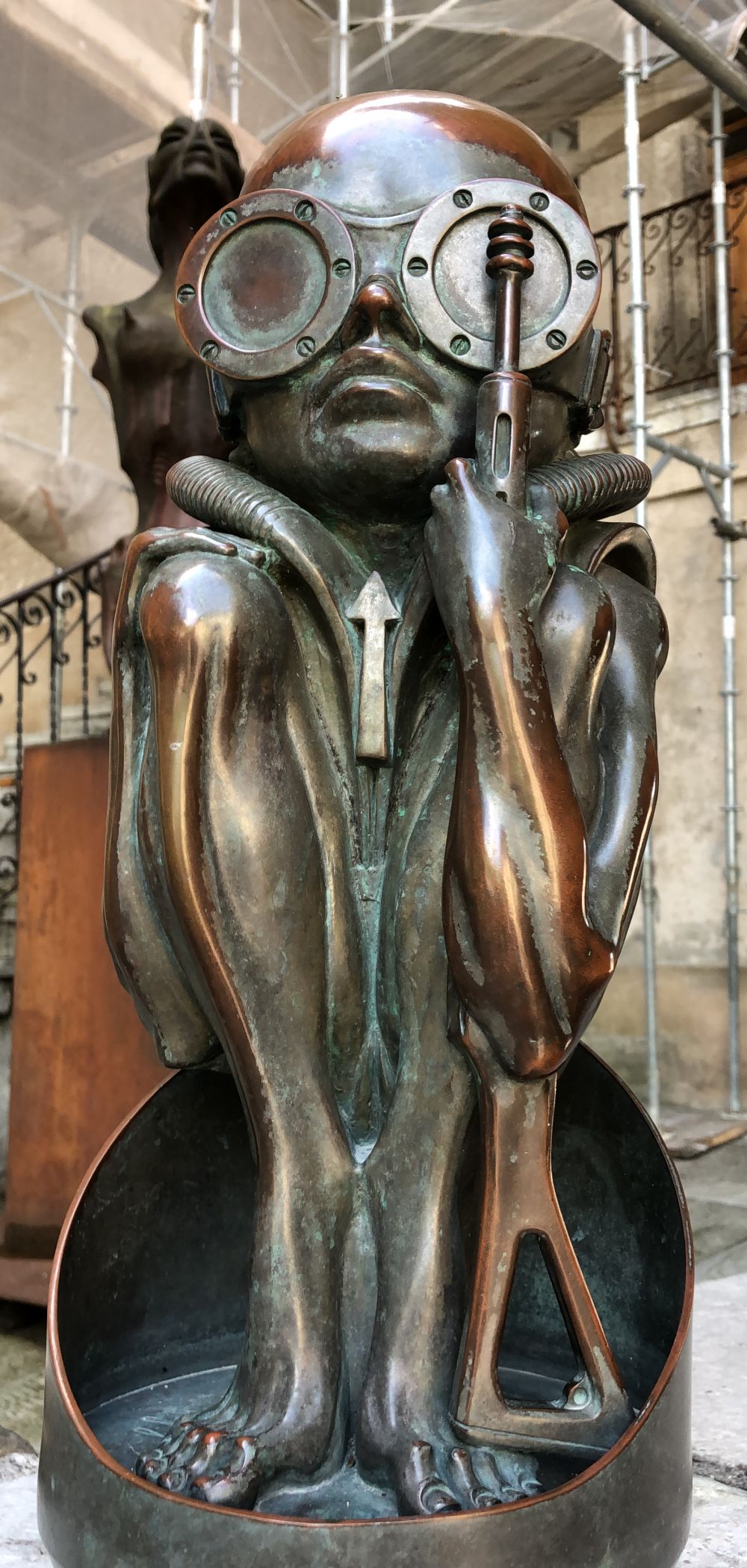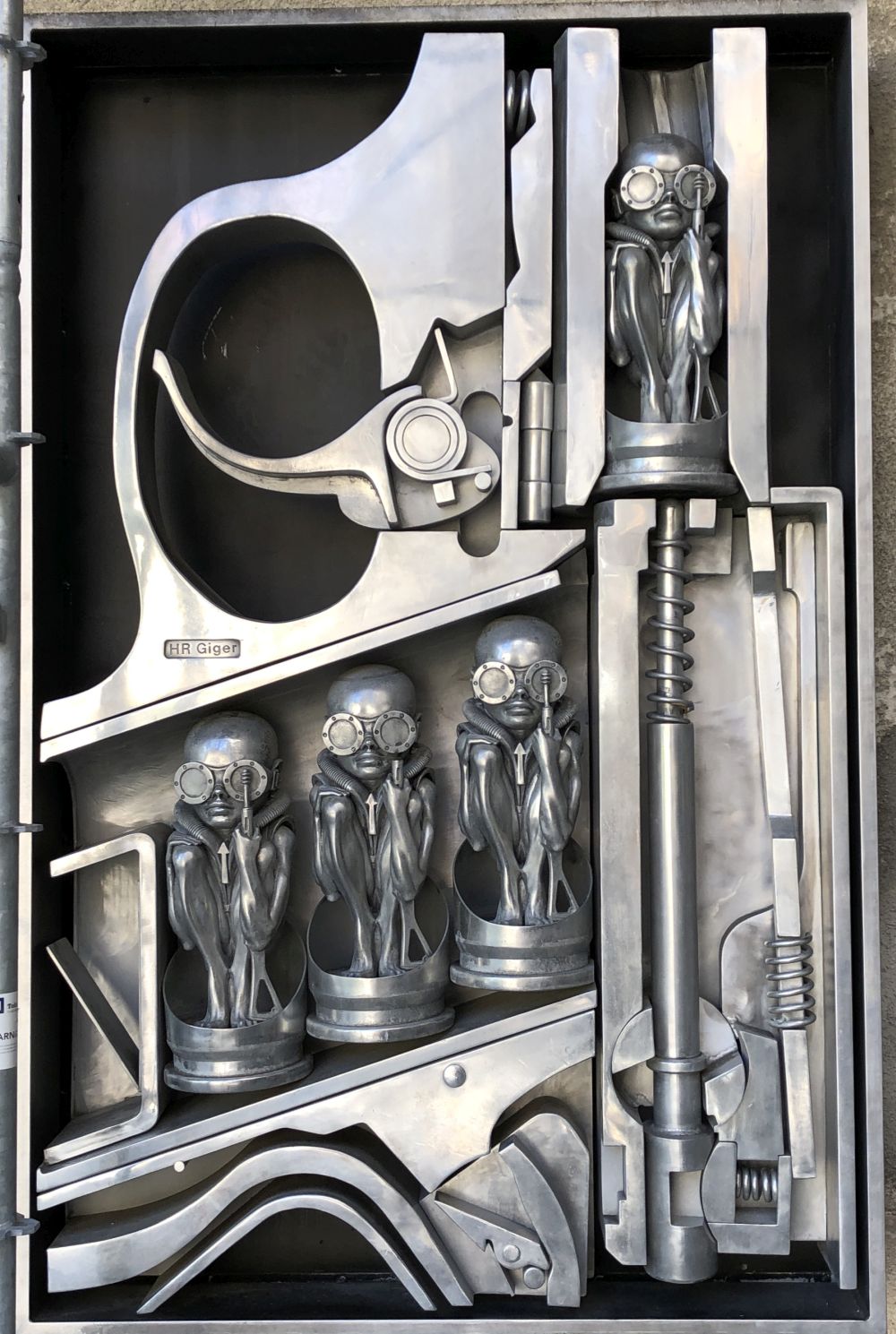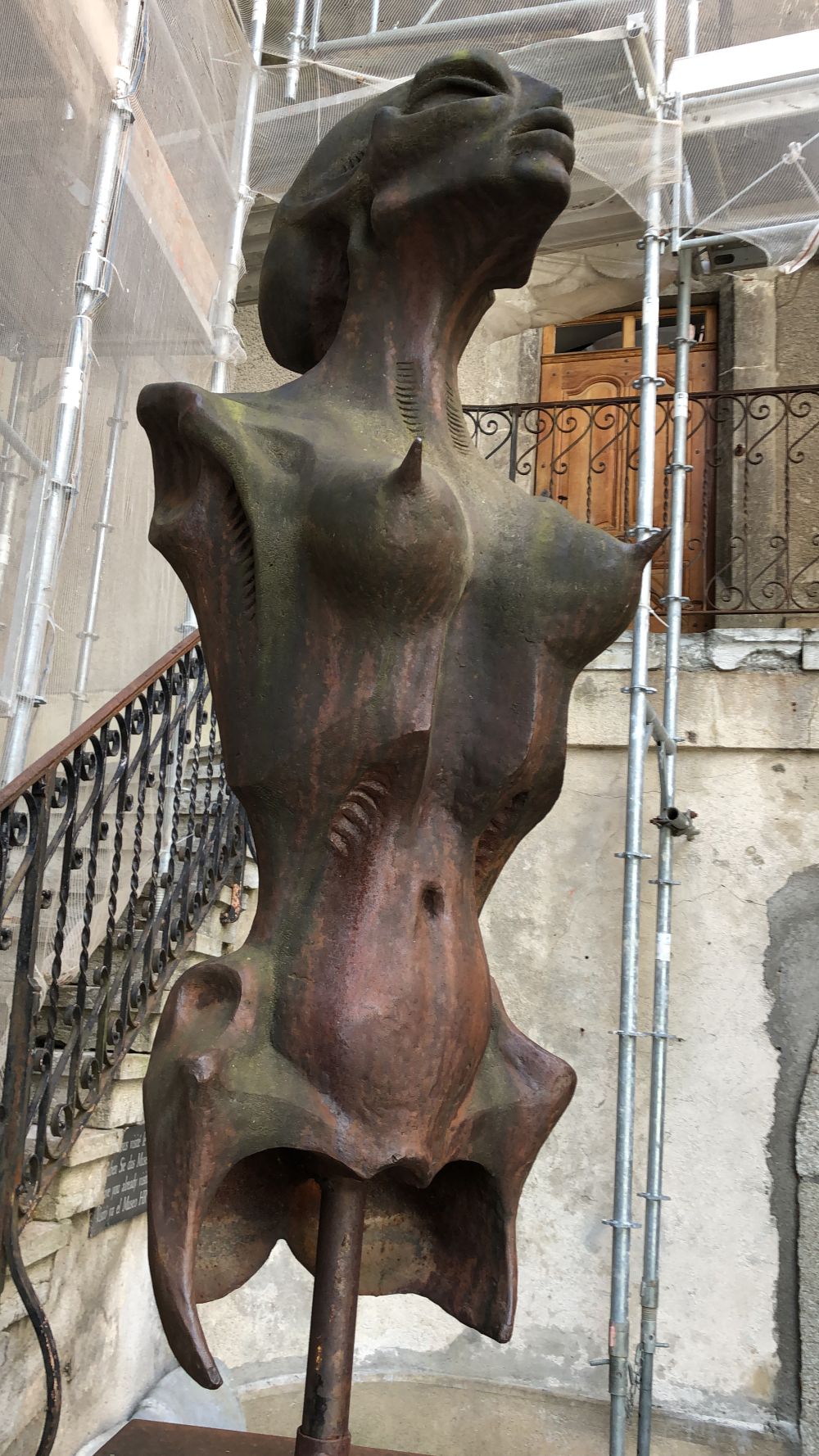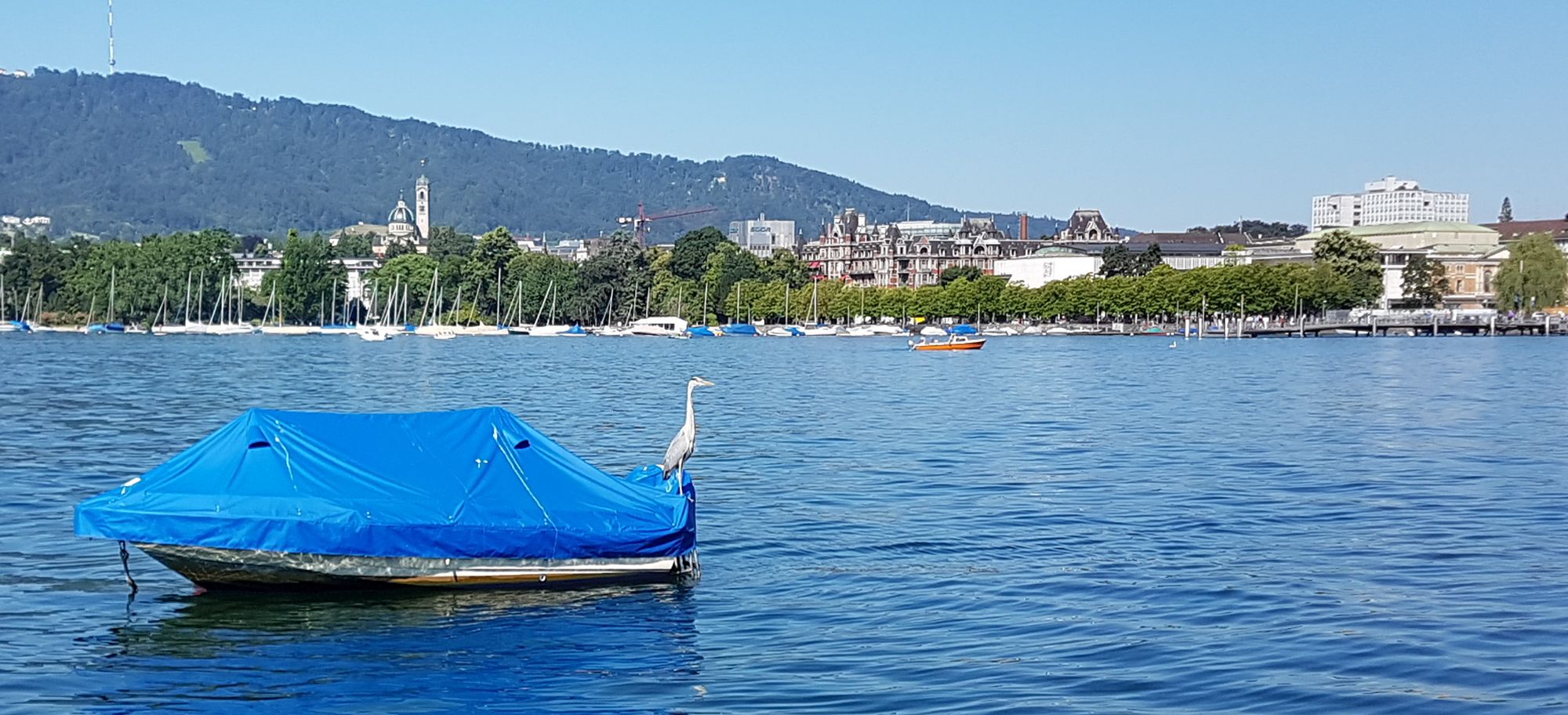OK, time to come clean: I may be guilty of a little bait-and-switch.
This is Winterthur, looked down upon from the edge of the forest where I carry out a daily 15 km Nordic Walk:
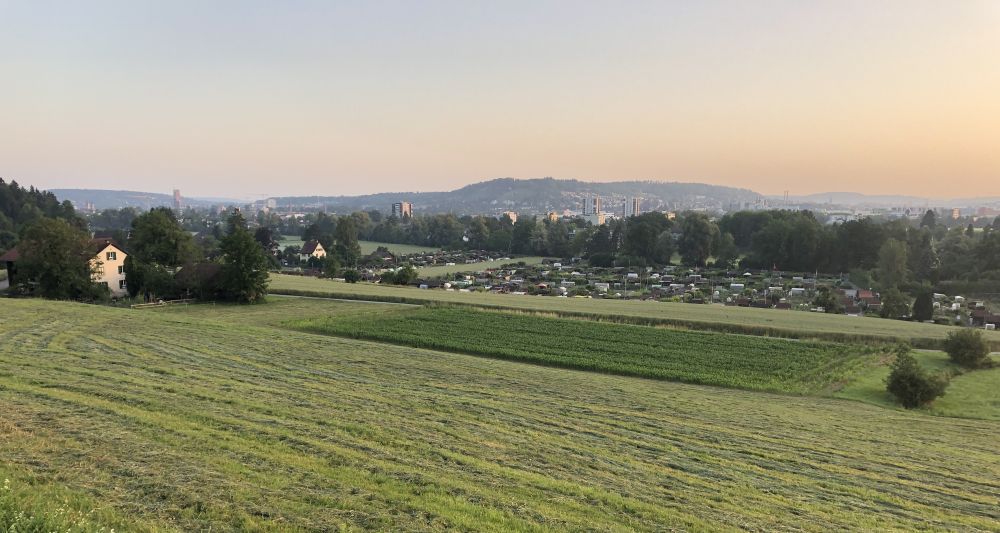
First, Winterthur is not a mega-city. I visited many mega-cities like Tokyo and Mumbai and Delhi, so you can take my word for it. In fact, truth be told, with a population of just over 100’000 inhabitants, Winterthur is not even close to a mega-city.
Second, I can’t really say Winterthur is sprawling. It has a pretty well-defined boundary, and although there is a bit of growth in the center, sprawling is just not a word that comes to mind.
Third – and arguably the most important – a thousand frogwalks. I cannot really say there is a thousand frogwalks. In fact, if I am honest, I’ve only ever seen three frogwalks, which I walk by on my daily 15 km morning Nordic walk.
But what is a frogwalk? you may ask.
Well, this is what I see on my daily morning walks, hidden in a drainage ditch next to the side of a road:
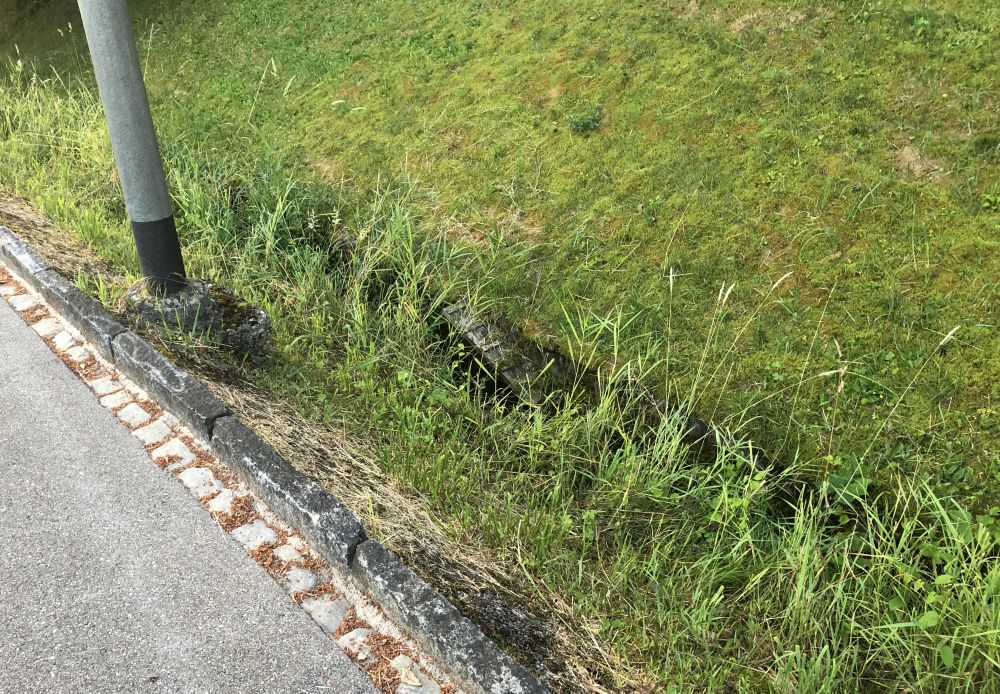
And if you get a little closer you can see it’s a little ramp – complete with steps! – to help frogs and other amphibians walk up out of the ditch. That’s why I call them frogwalks:
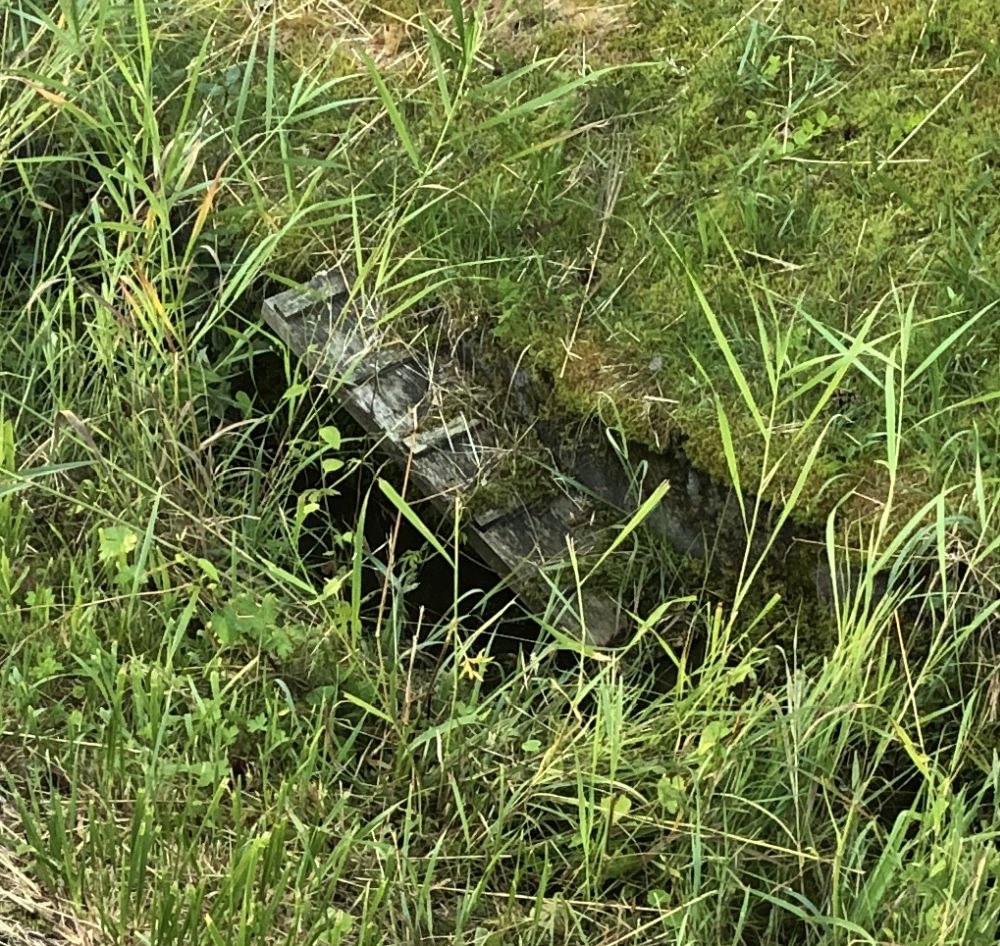
Now, there remains a big question in my mind – and in fact it’s a whopper! Why build frogwalks?
In fact, the drainage ditch is next to a road in a residential neighborhood completely filled with apartments and cats. Is this an attempt to genetically purify the race of frogs by taking the stupid ones out of the gene pool? Or perhaps to keep the cats clean by bringing their food to them?
